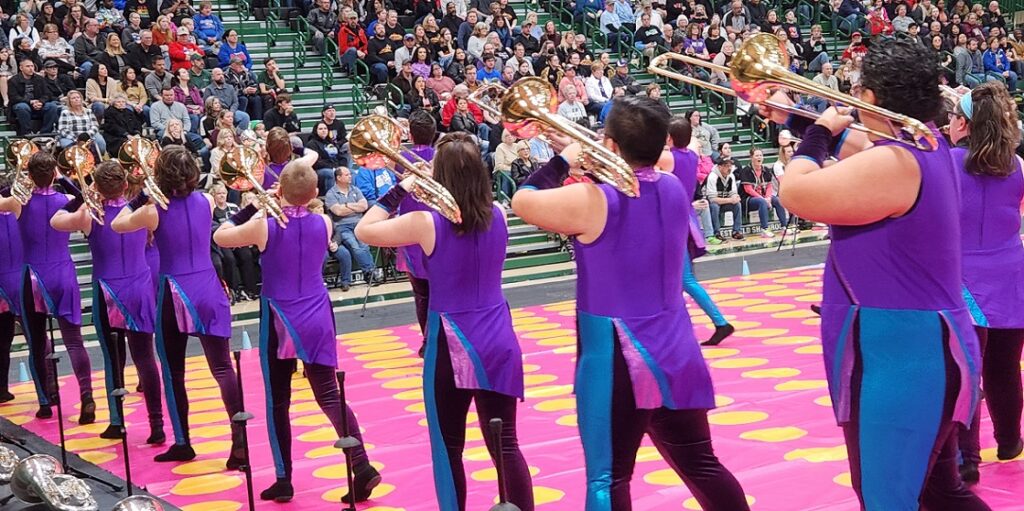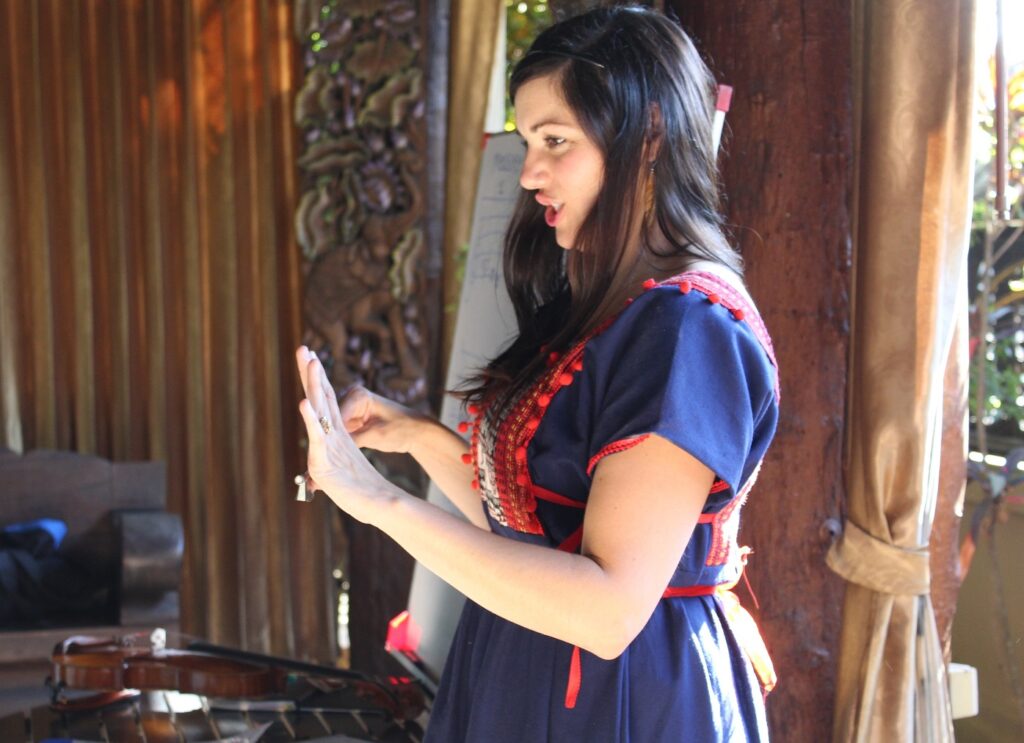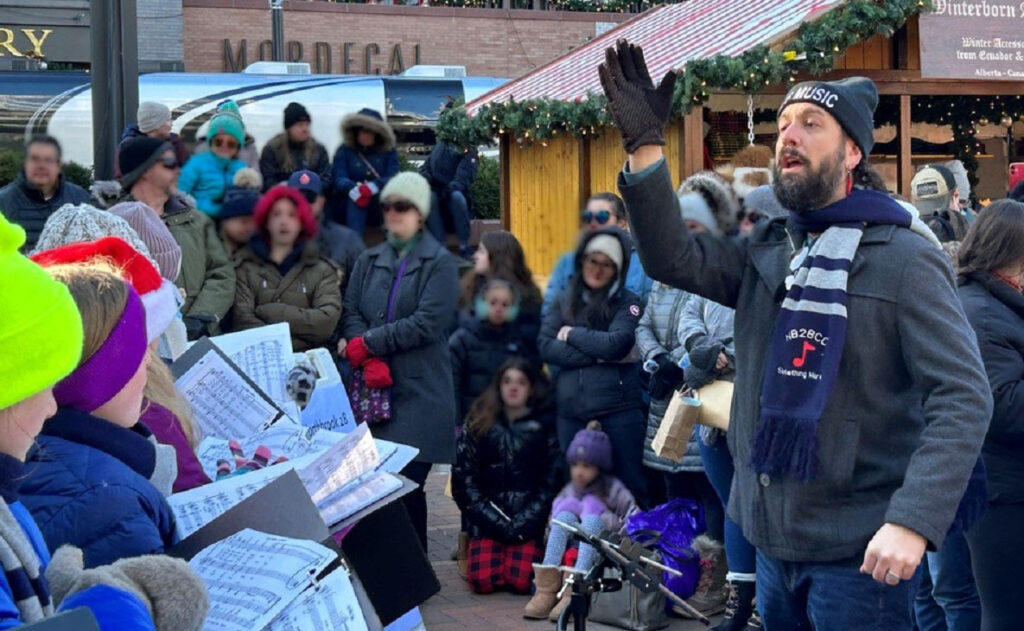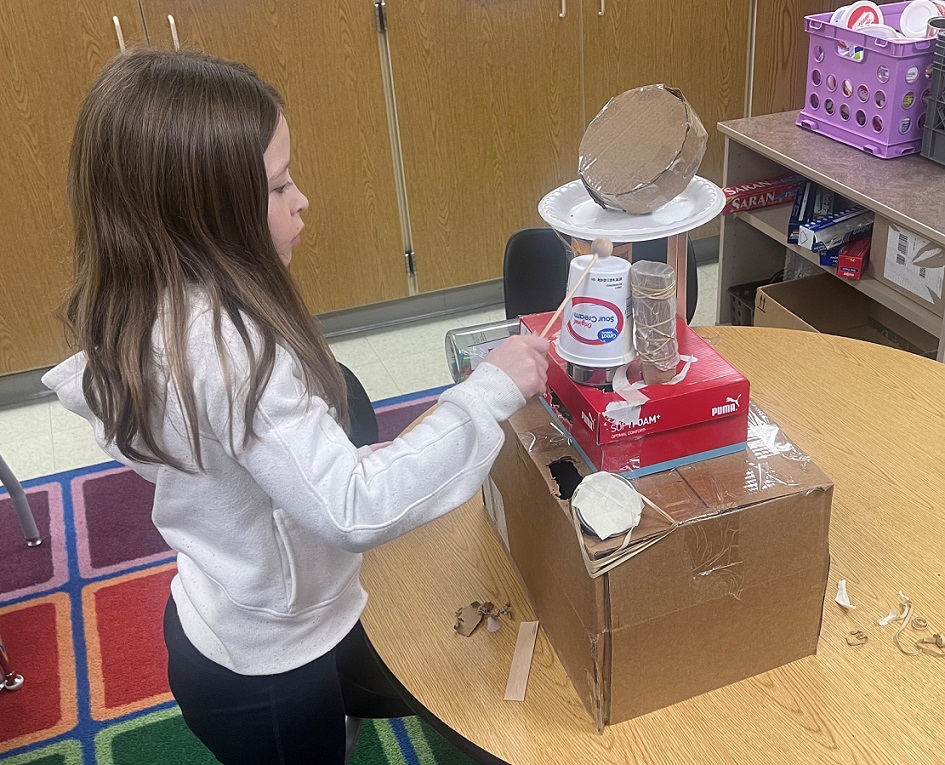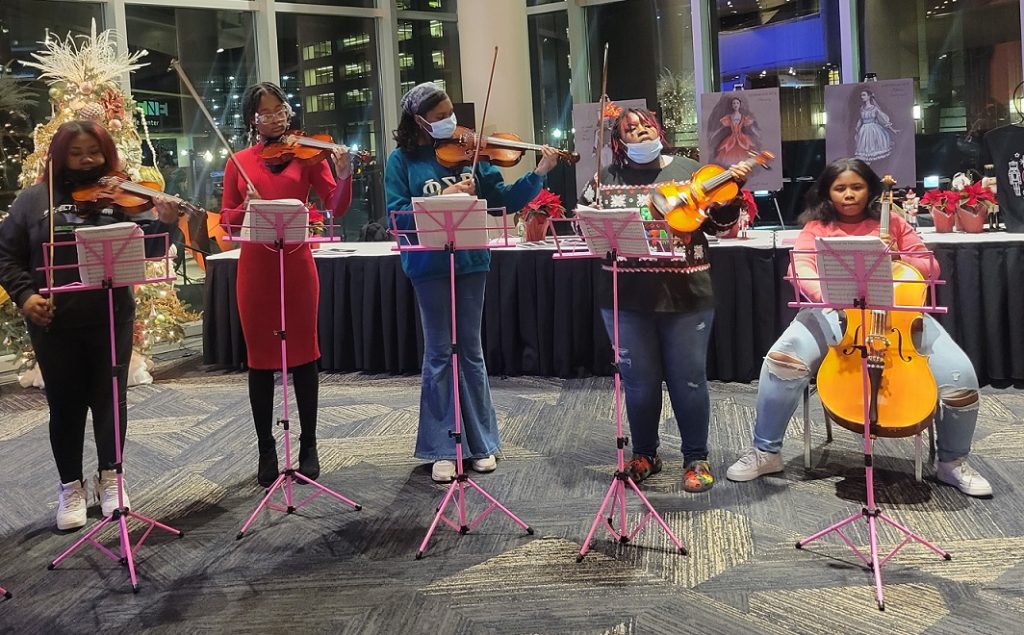Tagged Under:
Case Study: Using YouTube as a Teaching Tool
An elementary teacher created YouTube music lessons while he was out on paternity leave. They were not only a powerful teaching tool, but a big hit with his students!
I created Swick’s Classroom, my YouTube channel, as a solution for a non-musical substitute during my four-week paternity leave in 2018.
The original video had to cover all the musical details while keeping a fast pace to prevent unwanted bored behaviors. I ended up creating a point-of-view xylophone video so students could see a large xylophone on the smart board while they learned a song. That video was posted three years ago and has more than 10,000 views!
At that time, my district, Clark County School District, had not yet adapted Google, so sharing documents and digital video lessons with a substitute was difficult because all files were password protected. I was left with two options: trust a stranger with my work login credentials or upload my lesson to YouTube for all to see. Both felt risky at the time, but I know I made the right decision.
Although I never intended for my video lessons to be used by others — most of my doubt coming from imposter syndrome — I was over-the-moon excited when my first Swick’s Classroom video hit 50 views. I thought to myself, “Wow, I helped 50 teachers!” I didn’t quite understand how views worked then, but that excitement is what drove me to make the next video.
My Equipment
I made my first eight Swick’s Classroom videos using my cell phone and a cheap video-editing software meant for making family home videos. I started watching YouTube tutorials about every software available, and I purchased the most user-friendly.
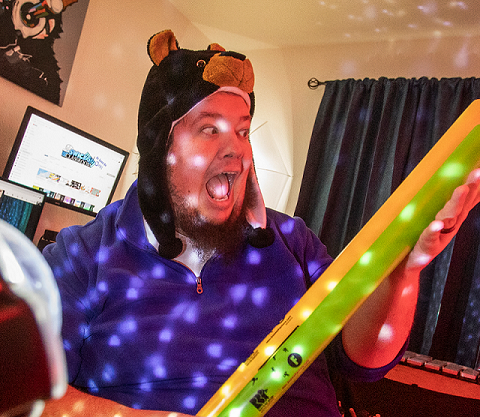 I bought a tripod for my cell phone and a green blanket so I could record instruments and remove the background on the computer. That was all I needed to make a majority of my instrument lesson videos.
I bought a tripod for my cell phone and a green blanket so I could record instruments and remove the background on the computer. That was all I needed to make a majority of my instrument lesson videos.
Your cell phone is the most powerful tool in your arsenal. I wouldn’t buy anything expensive until the content starts paying for it. Apple computers come with iMovie and GarageBand. Windows users can download DaVinci Resolve and Audacity for free. I didn’t make any money from my content for two years, and it forced me to get creative with how I make content but also made me pay attention to what students like about the videos.
I eventually learned the Adobe Creative Cloud programs — the industry standard — so I could animate my own videos, which is still a work in progress. As I gained confidence in my content, the goal became to one day make money from the lessons so that I could upgrade my setup and create videos more efficiently.
I believe the purpose of every educational video is to provide an experience that the teacher could not provide by teaching the class directly. The simplest quality to perfect is the pacing. Live instruction is constantly interrupted by questions, bathroom breaks, transitions, etc. Videos are a set pace that free up the classroom teacher to work independently from the lesson. The teacher is able to excuse students, get the Band Aid, assist with the assignment and tie shoes without the pacing suffering.
You don’t need 4K fancy effects, you only need a purposeful lesson with obtainable goals.
Positive Responses
Pre-COVID, students loved the digital lessons because they could continue the lessons at home, memorize lyrics or even try to play melodies on their instruments. Parents commented that their children would put the music lesson on the TV for everyone to watch. Dads would jokingly sing this week’s song to me at drop off. YouTube provided a vast accessibility that most parents allow in their house.
During COVID, YouTube and recorded lessons were the saving grace for asynchronous students that had limited internet access. Yes, schools adopted websites like Canvas and Google Classroom, but I found my content was limited by file size and quality. I was only able to have one 20-minute lesson posted at a time due to capacity limitations. The alternative was to post an unlimited amount of high-quality videos on YouTube and embed them into my classroom pages.
When our school returned to in-person instruction, parents and students were both saying “Look, it’s the music teacher from YouTube!”
Organized Like a Locker
If I could start over, I definitely would organize it better because my channel lacks both a content plan and a posting schedule! I have treated my YouTube channel like a locker for things that I need right now.
I only create content that I want to use in my class in the immediate future — for example, I need a video today for my kindergarten class to sing at an ocean-themed parent night, and I need a boomwhacker video tomorrow for my 5th graders. Because of this, there are no clear patterns in my content. And, similar to a library, if a video can’t be found, it will never be viewed.
My videos range from silly songs to xylophone tutorials to boomwhacker play-alongs to vlogging. I might have someone subscribe because they love a boomwhacker video but then the next five videos I post are not about boomwhackers.
If I could start over right now, I would create a unique channel for each of the different categories that teachers want. I see other channels that are 100% rhythm play-alongs, and they are successful because subscribers know what they’re going to get when the next video is posted. Unfortunately, my subscribers don’t know if they’re going to get a rant about COVID safety or a ukulele tutorial.
Future Plans
The original concept of the YouTube channel was purely to help my substitute find a video of me teaching faster and easier than the provided methods at the time. Going forward, I hope to create content that helps teachers get their students excited about music class. I spend summers looking at views, comments and data to understand what the rest of the world wants more of content-wise from Swick’s Classroom.
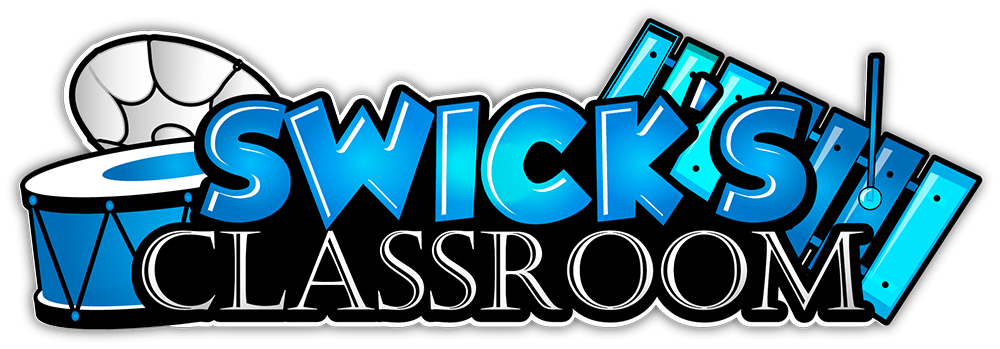 Seeing the views go up on a new or even an old lesson gives me a sense of gratification that I can’t get anywhere else. I really enjoy the recent vlogging because teachers need to know that they are not the only professionals experiencing this era of COVID music education. I received a comment that said, “I needed to hear this,” which was all I needed to know that it was time well spent.
Seeing the views go up on a new or even an old lesson gives me a sense of gratification that I can’t get anywhere else. I really enjoy the recent vlogging because teachers need to know that they are not the only professionals experiencing this era of COVID music education. I received a comment that said, “I needed to hear this,” which was all I needed to know that it was time well spent.
I was excited to help 50 teachers with their sub plans when this thing started, and now the channel is approaching 1 million views! I hope to curate the channel all the way through my retirement and enjoy knowing my lessons are still being used somewhere.











